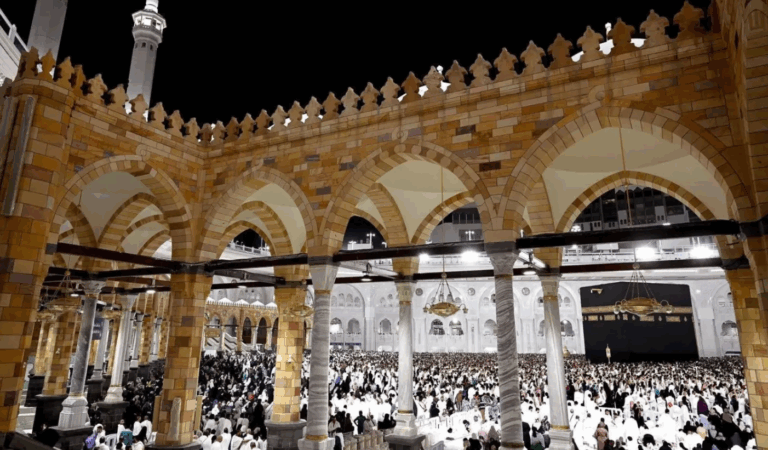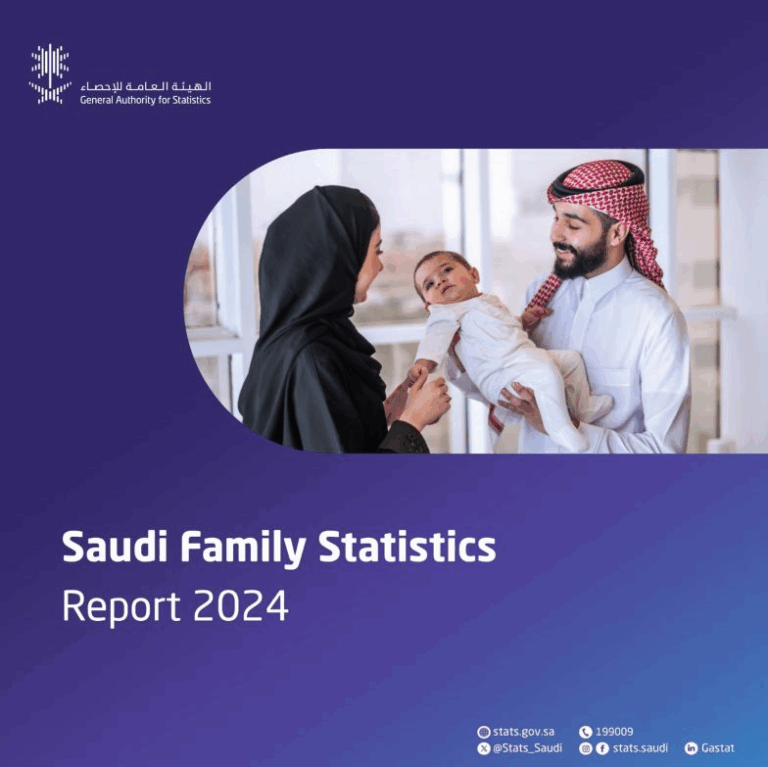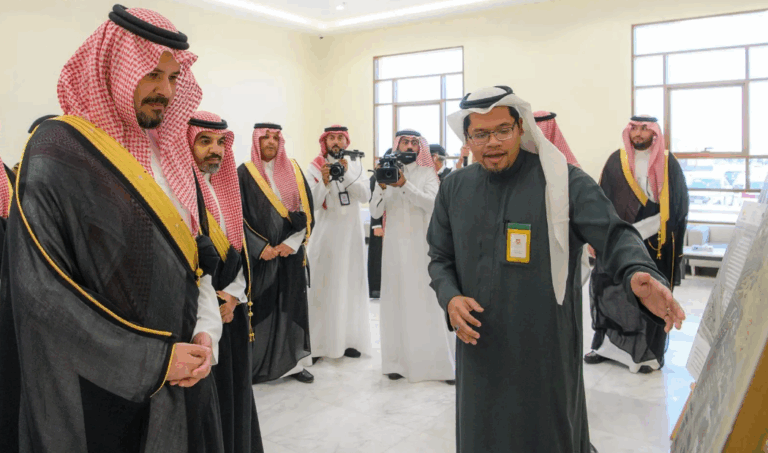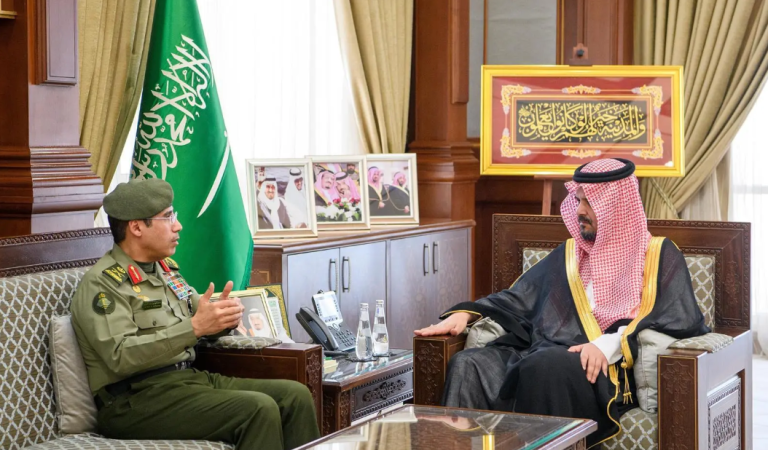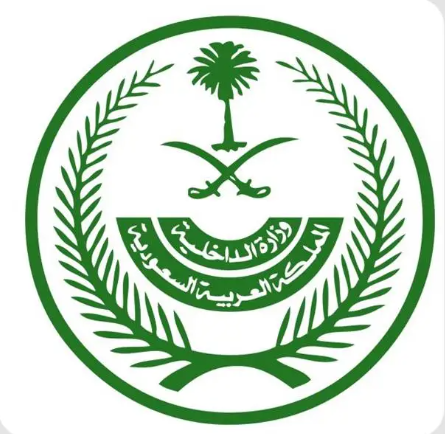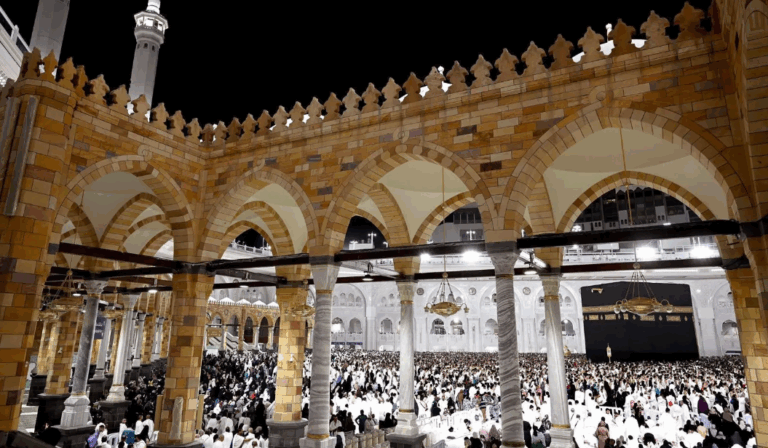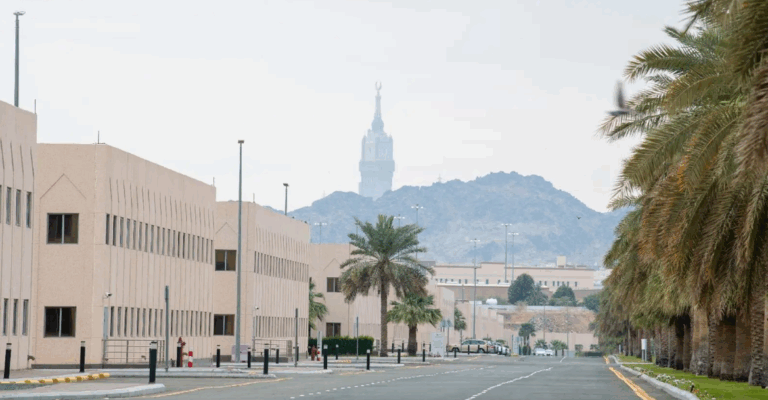In characteristic fashion, President Donald Trump has once again stirred global intrigue with talk of an “earth-shattering” announcement during his high-stakes visit to the Middle East — a remark that has prompted both anticipation and confusion. As Air Force One touches down across Gulf capitals, the world watches closely to see whether this is another bold Trumpian flourish or the prelude to a major geopolitical shift.
So far, no such bombshell has dropped. But that hasn’t stopped the speculation.
A Tour of Trillions
Trump’s first major foreign trip of his second term is framed squarely around economic ambition. Over four days, the President is making stops in Saudi Arabia, Qatar, and the United Arab Emirates, with a singular mission: bringing home investment.
The figures being floated are nothing short of monumental — over a trillion dollars in expected deals and commitments, largely funneled into the US economy. State-backed sovereign wealth funds from the Gulf, some of the most liquid financial entities in the world, are being courted with gusto. In Riyadh, Trump is meeting Crown Prince Mohammed bin Salman and attending an investment forum packed with America’s corporate titans — from Wall Street to Silicon Valley.
This is the “America First” agenda in action: bypassing the diplomatic theater to secure what Trump hopes will be tangible wins back home, particularly amid domestic economic strain sparked by his aggressive tariff policies.
The Mystery of the “Earth-Shattering” Announcement
What exactly did Trump mean by his cryptic teaser? Analysts are divided. Some suspect it was simply a tactic to drum up attention — a “trial balloon,” as Sanam Vakil of Chatham House suggests. Others believe it may point to deeper political maneuvers: possibly a renewed regional security pact, or even the controversial move of renaming the Persian Gulf as the Arabian Gulf — a gesture that would delight Arab hosts but deeply antagonize Iran.
Given Trump’s flair for unpredictability, all options remain on the table.
A Noticeable Absence: Israel
One of the most striking aspects of this tour is not who Trump is meeting — but who he isn’t. Israel, a longtime ally and strategic partner of the United States, is notably absent from the President’s itinerary.
The omission has not gone unnoticed. Despite lobbying from Israeli officials, Trump has opted to focus his attention elsewhere. His administration’s recent diplomatic overtures — including direct negotiations with Hamas and talks with Iran — have reportedly left Israel on edge. The symbolic absence, coupled with recent rifts between Trump and Prime Minister Netanyahu, signals a recalibration of US priorities in the region.
For now, economic partnerships appear to be taking precedence over old alliances.
The Bigger Picture
Trump’s Middle East tour is a reflection of his broader geopolitical strategy: transactional, investment-driven, and increasingly untethered from traditional diplomatic norms. The days of carefully choreographed statements and long-term alliance building may be fading, replaced by a focus on immediate economic return and headline-grabbing theatrics.
Whether this approach delivers long-term stability or stokes further volatility remains to be seen.
For now, the world waits — for deals to be inked, for investments to be announced, and, perhaps, for that still-elusive “earth-shattering” revelation to finally come to light.

